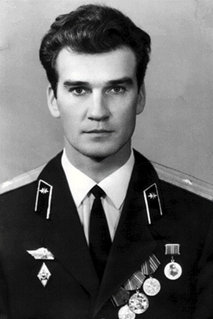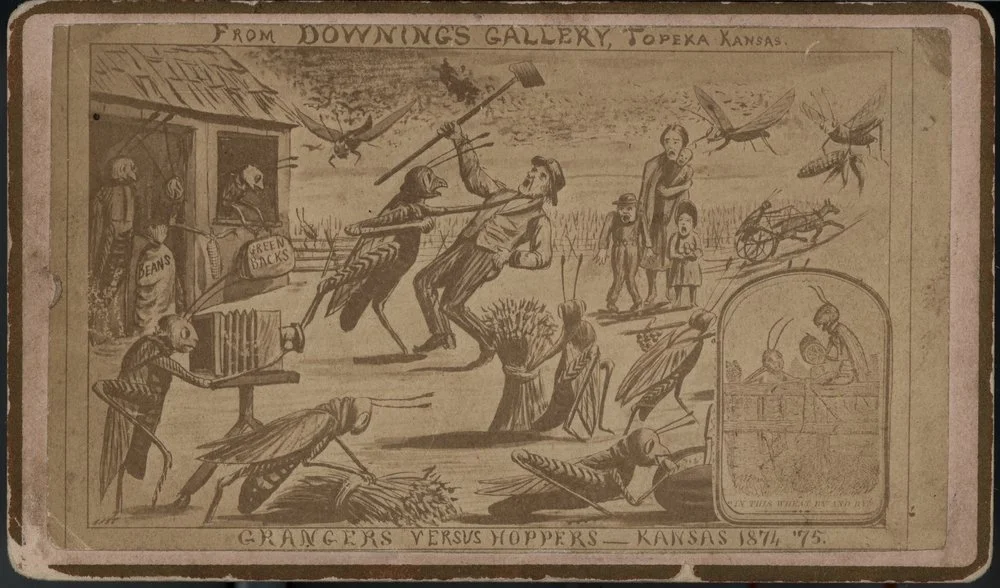Everybody knows that Isaac Newton invented calculus in the late seventeenth century after an apple fell on his noggin. The man also invented the cat door because his damn cat wouldn't shut up about wanting to be let out, but that's not important right now. Okay, to be fair, not everyone thinks Newton invented calculus, some rather give that claim to a German fella by the name of Gottfried Leibniz who was obsessive compulsive about mathematical symbols. All right, to be fair neither one of these jack offs were truly the inventor of calculus, but rather, just as with all of science, were the ones who took the next step from the work of numerous people before them. However, we can all straight up agree that calculus is definitely an invention of the modern era, or at least that's what everyone thought until 1915 when mathematicians and physicists discovered documents proving that Archimedes had come up with a lot of it some 1,900 years before Newton and Leibniz were even born.
Archimedes was a Greek scholar who lived in the city of Syracuse on the island of Sicily around 240 BC. Generally regarded as one of the greatest scientists of the ancient world, Archimedes was the first recorded person to come up with not only many of the modern mathematical concepts we today take for granted, but also for using said math to invent a whole bunch of really cool stuff. All of this is rather unimportant for the current story, but it’s worth looking up if you have the time. Anyways, unfortunately for Archimedes, and really the whole world for that matter, the Romans invaded Syracuse in 212 BC and straight up murdered his ass. The soldiers had been ordered to spare his life, but you know how it is once people get a murder boner. That might've been the end of everything, but luckily Archimedes was a prolific writer. Throughout his lifetime he had written down copies of all of his work, including his calculus theories, and sent them to the Great Library of Alexandria, repository of all that was worth knowing in the ancient western world. There, Archimedes’ works were safe until the library was burned down by the Romans in 275 AD.
It was at this time that the Romans kind of became the good guys, because in the years between murdering the greatest genius of his day and burning down the greatest center of knowledge in the world they did manage to make copies of Archimedes' work which ended up in the city of Constantinople, capital of the Eastern Roman Empire, later known as the Byzantine Empire. There, none other than the architect of the Hagia Sophia, that big ass church in the middle of Istanbul, combined all of Archmides' theories on calculus into a single volume called the Archimedes Palimpsest. This volume was copied by scholars numerous times over the next several centuries with the final copy being created in 950 AD. Unfortunately, after that period the whole idea of book learning kind of fell out of favor, even in the Byzantine Empire, and the last copy was lost amongst the numerous piles of old manuscripts in Constantinople's library.
In 1204 AD, a group of Crusading knights got a little side tracked from their vows to save the Holy Land and instead sacked the city of Constantinople, burning many of its buildings, including its library, to the ground. Fortunately, there is an awful lot of luck in this story, some of the documents, including the Palimpsest, were snuck out of the city during the chaos. They traveled around for a time before finally finding their way to an Eastern Orthodox Christian monastery in Jerusalem in 1224. Unfortunately, the monks being in need of parchment, unbound the Palimpsest, scraped and washed its pages, folded them lengthwise, and used them to make a prayer book. The prayer book stayed in the general area of Jerusalem until around 1840, when given its age, it was brought back to the city of Constantinople, which by then had been renamed Istanbul.
It was here soon after that a German biblical scholar noticed that the prayer book had a whole bunch of faded mathematical notations in it. Thinking it was rather cool, he ripped a page out and took it home with him, as one does with really old books. This page got passed around amongst various scholarly circles for a time until it caught the notice of Europe's foremost Archimedes expert around 1905, which was probably the most exciting thing you can imagine happening if you are a foremost Archimedes expert in the world. Anyways, this expert soon after traveled to Istanbul and confirmed that indeed, one of the great lost works of the ancient world had been found again. After years of study he published a transcript of Archimedes' work in 1910. However, being in Danish, nobody read it until 1915 when it was translated into English. As for the prayer book itself, it was lost during the Greco-Turkish War of 1922, not turning up again until 1970 when the daughter of a French businessman found it in her dead father's cellar. By that time the book was badly damaged by mold, and several pages were covered by forged evangelical portraits meant to increase its value as a fucking prayer book. It was later sold to a private collector in America in 1998.
Image: https://commons.wikimedia.org/wiki/File:ArPalimTypPage.jpg



